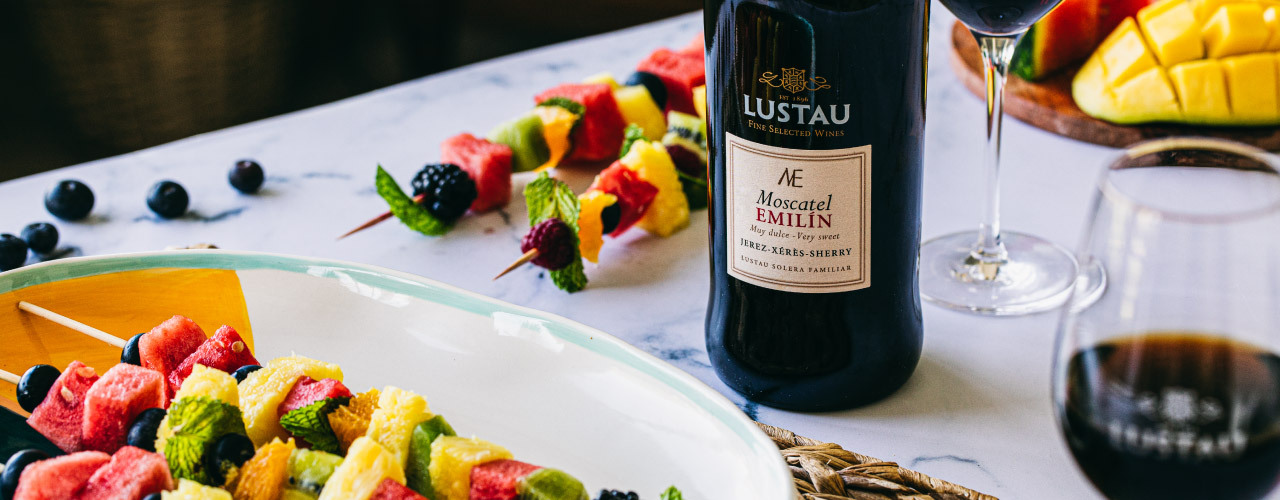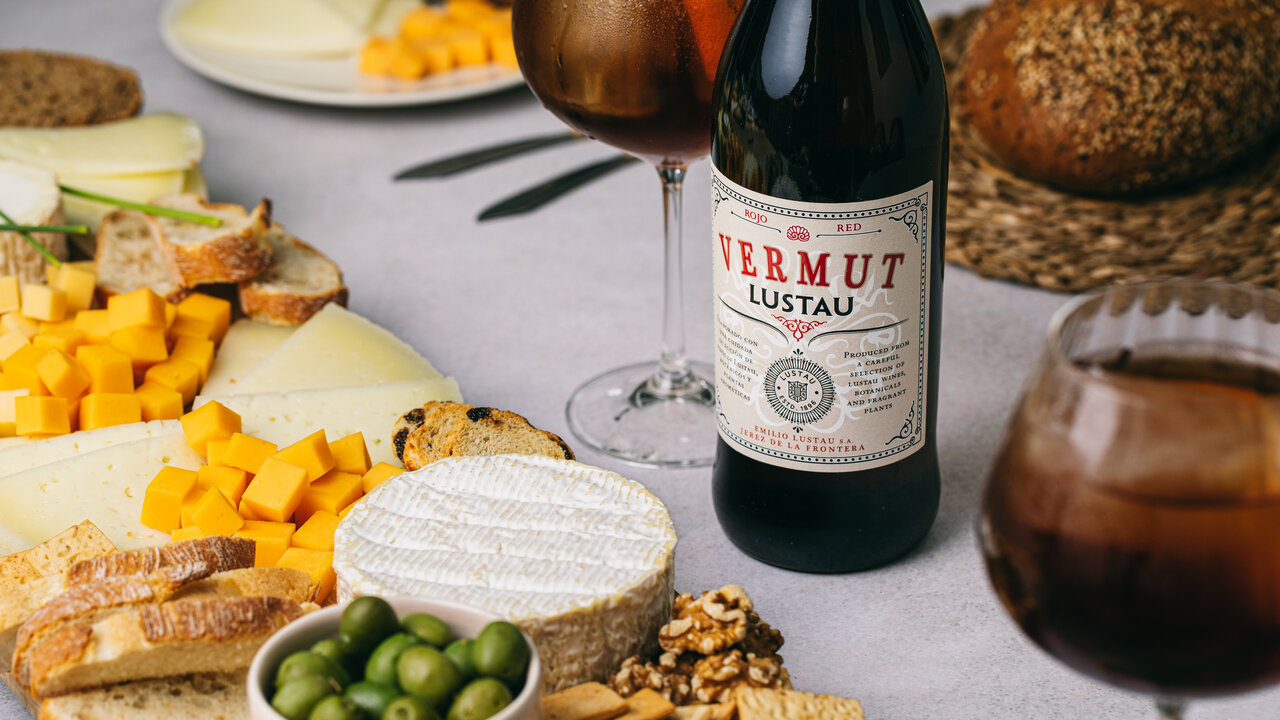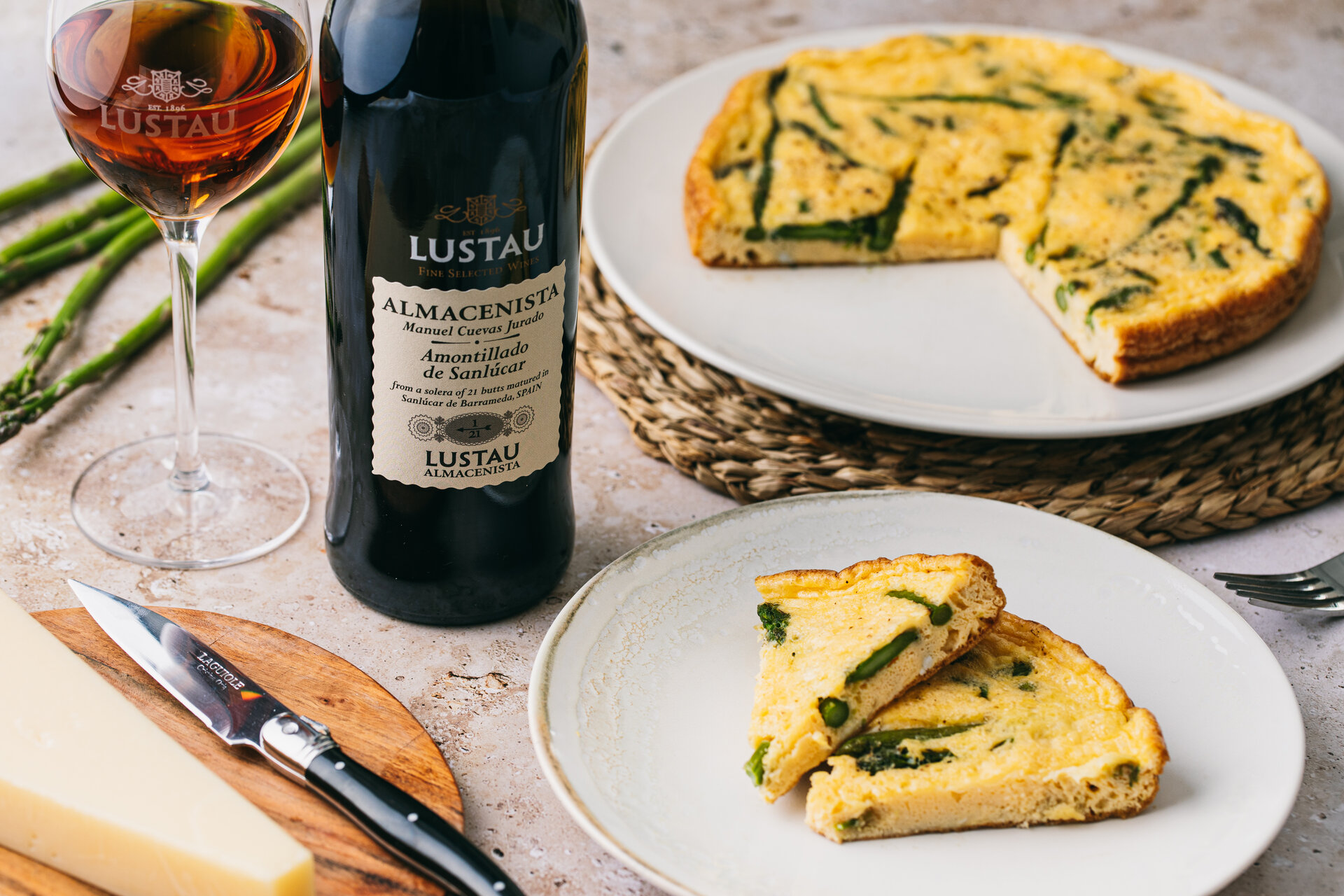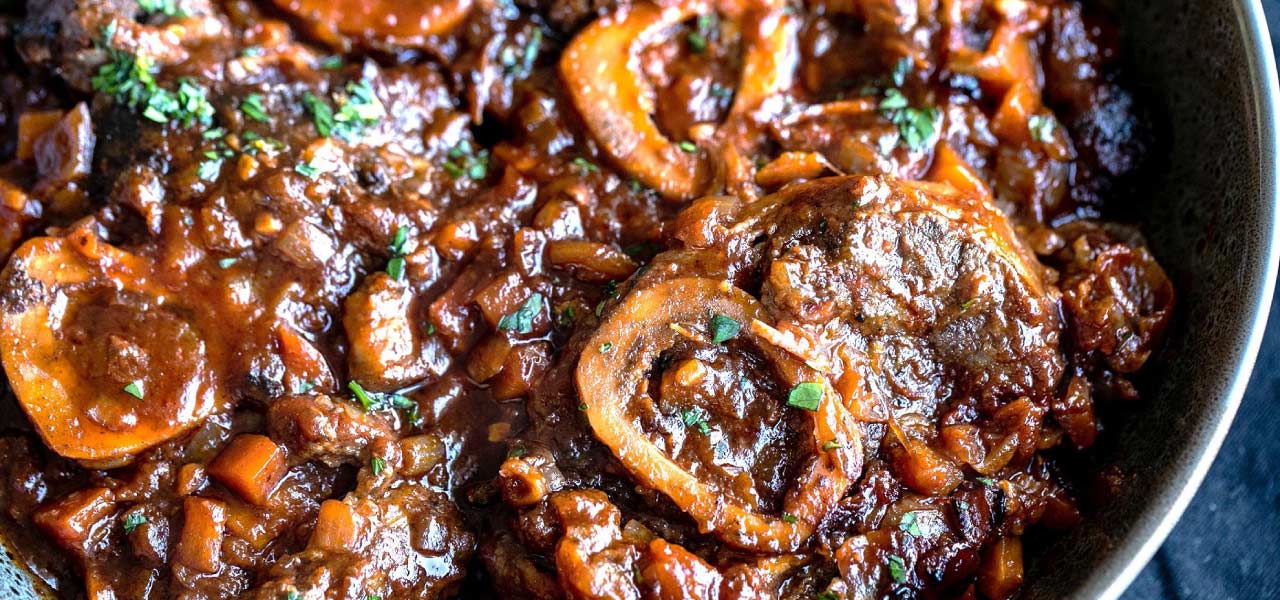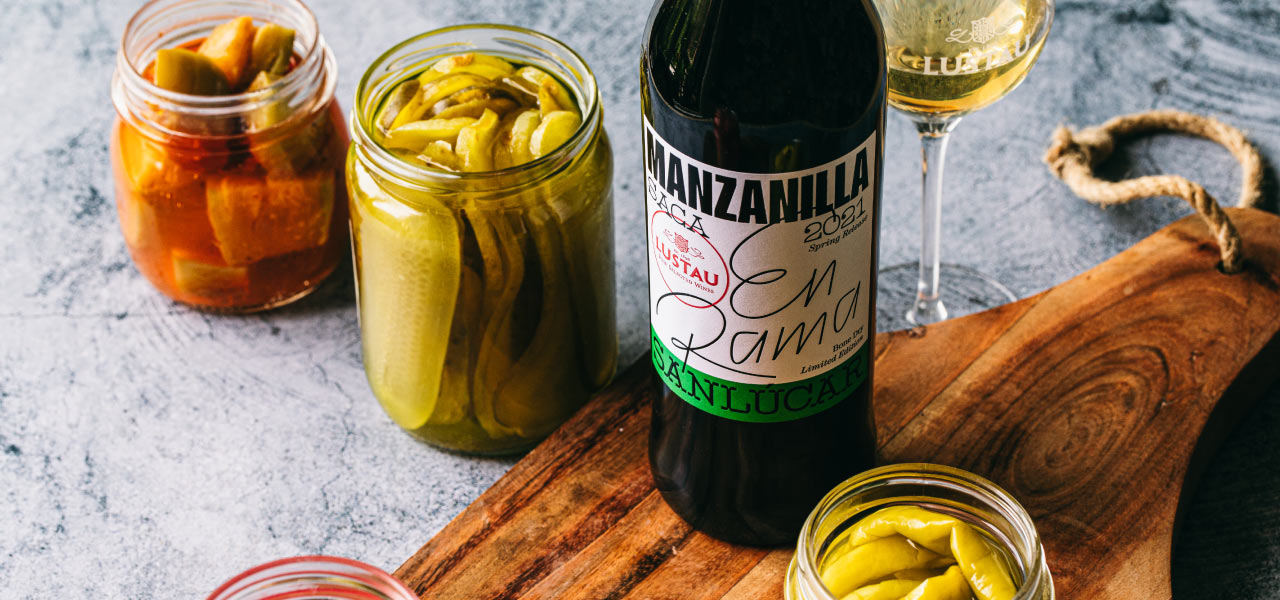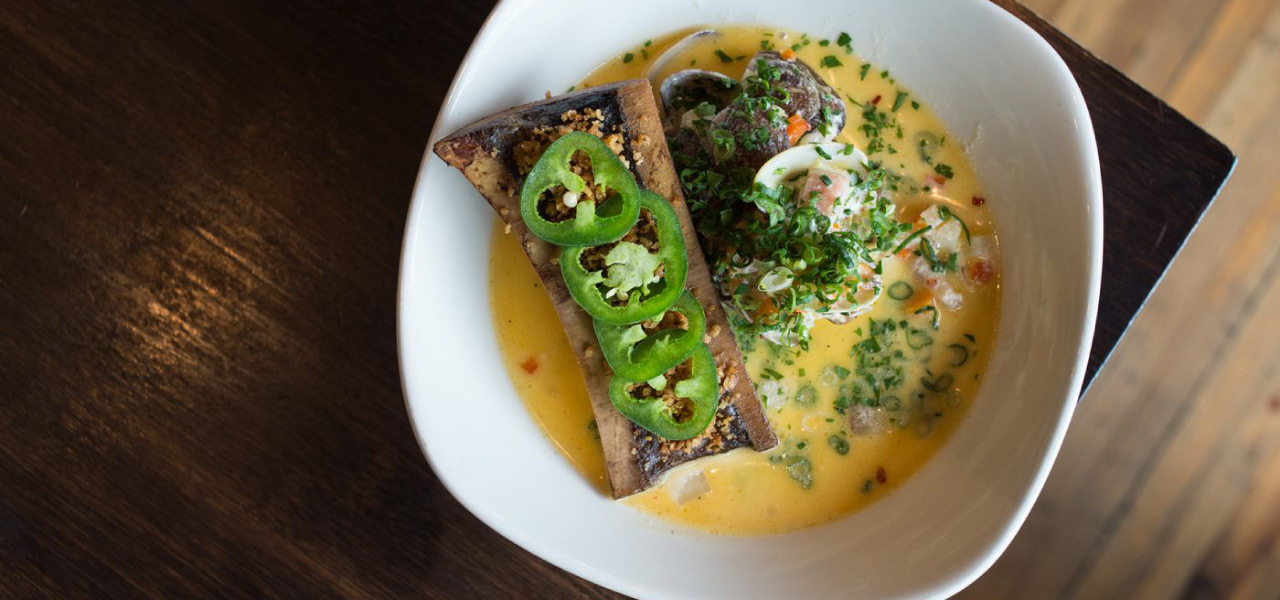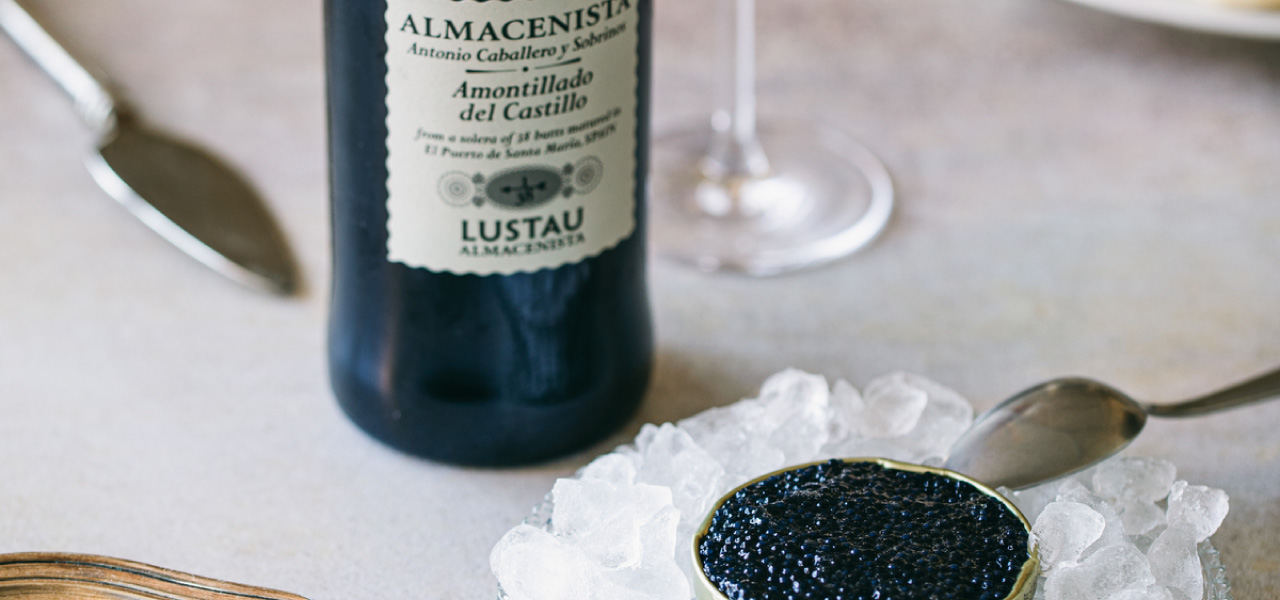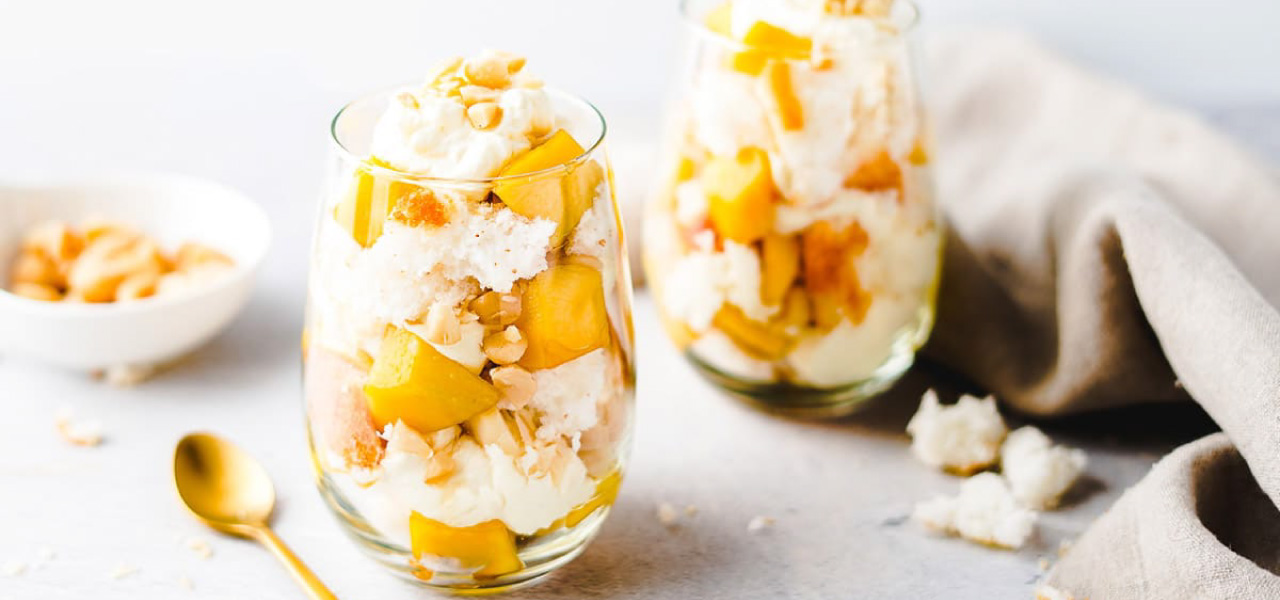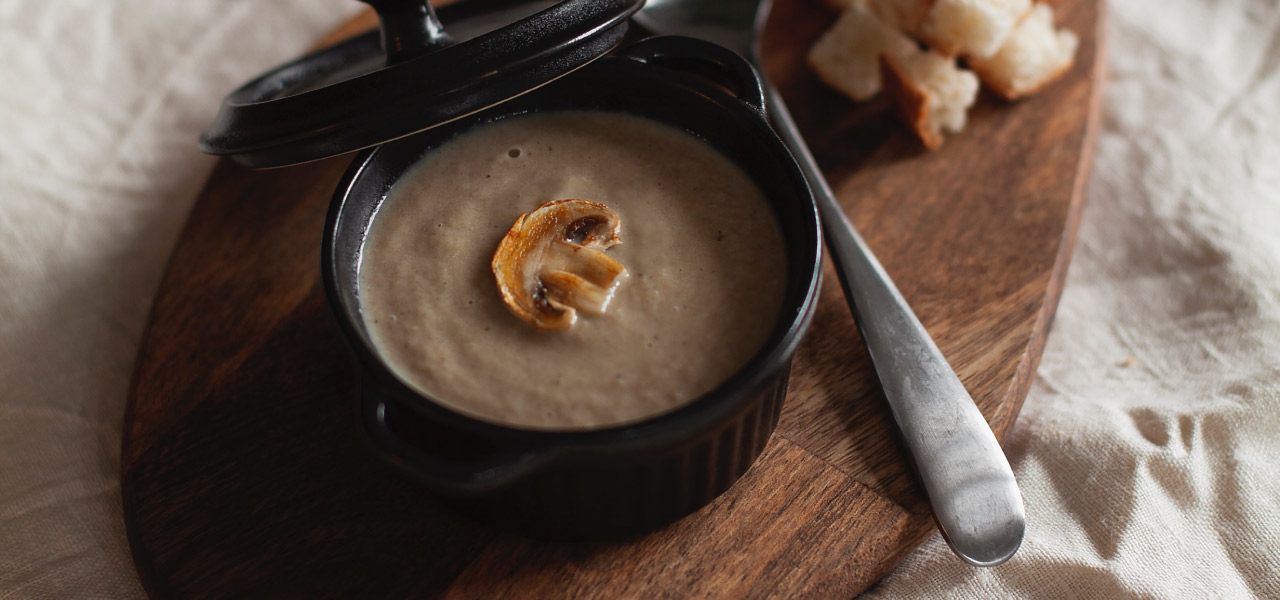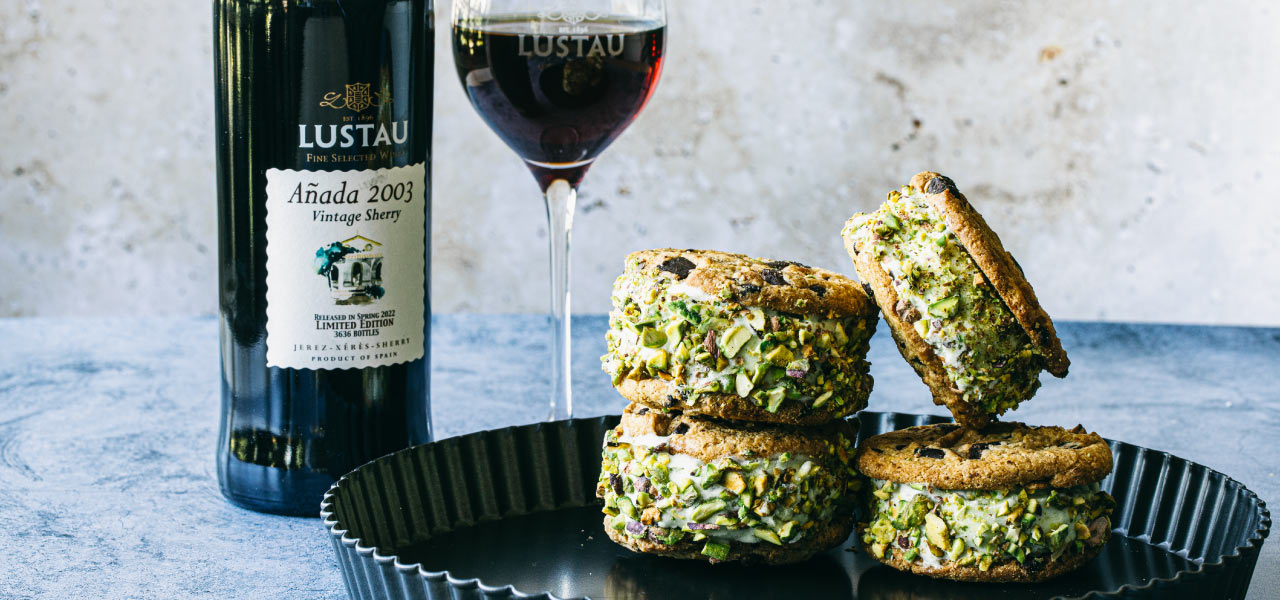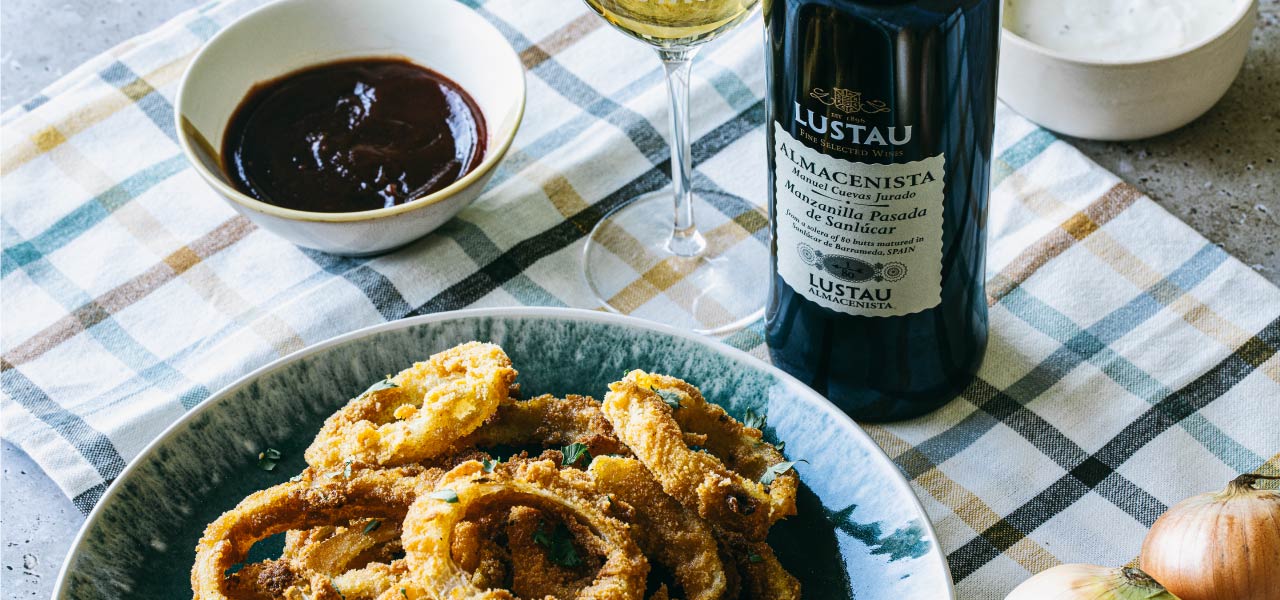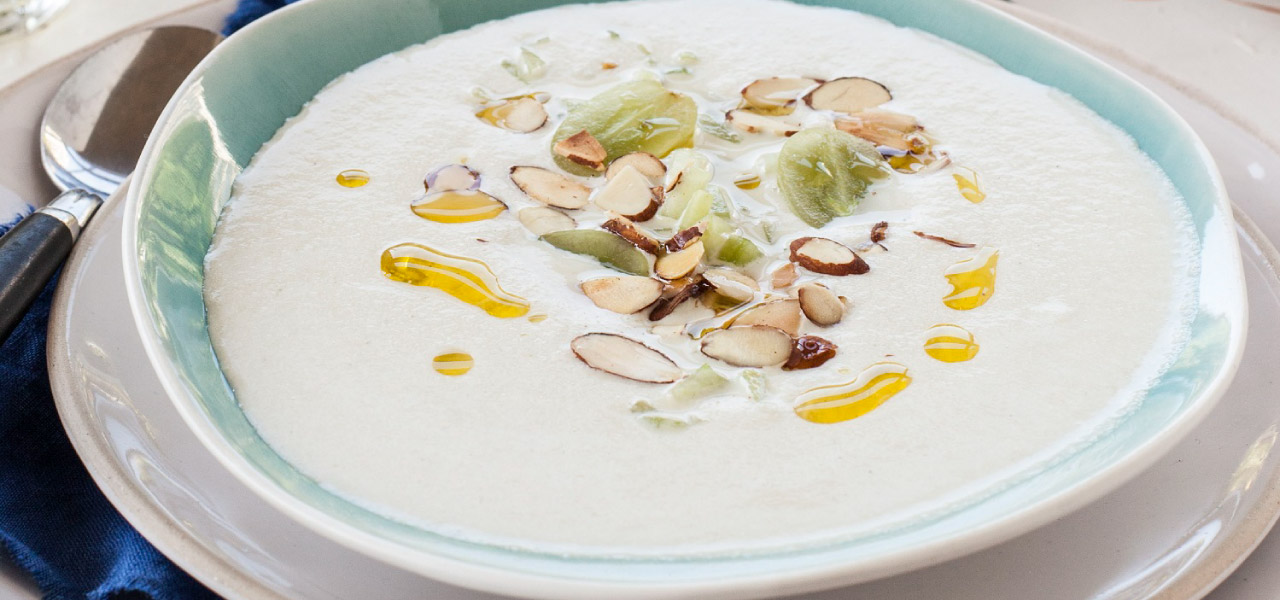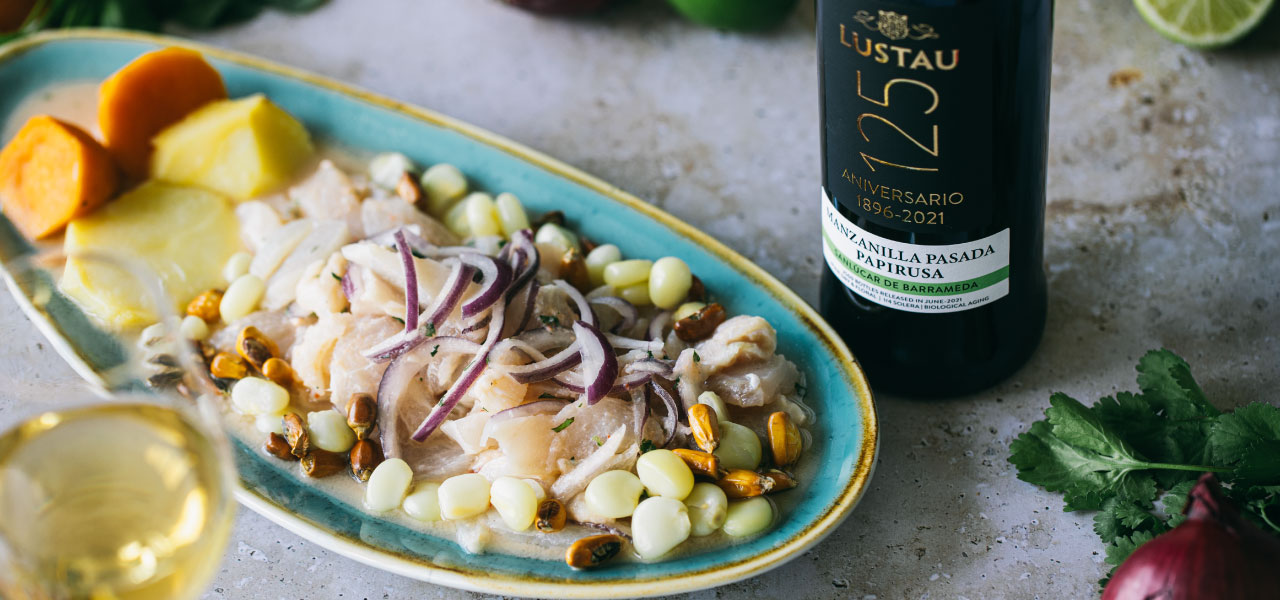Sherry is an extremely versatile food-pairing wine. From dry to sweet sherry, there is always a delightful choice to pair with your dish: fino and manzanilla are a perfect aperitif and go well with dishes with a marked salty taste or a marked acidity, amontillado and palo cortado pair best with white meat and grilled vegetables, Oloroso is great for red meats and stews, Pedro Ximénez combines perfectly with desserts and cheese boards. Scroll down to find some inspiration and our guide to pairing sherry with food.









